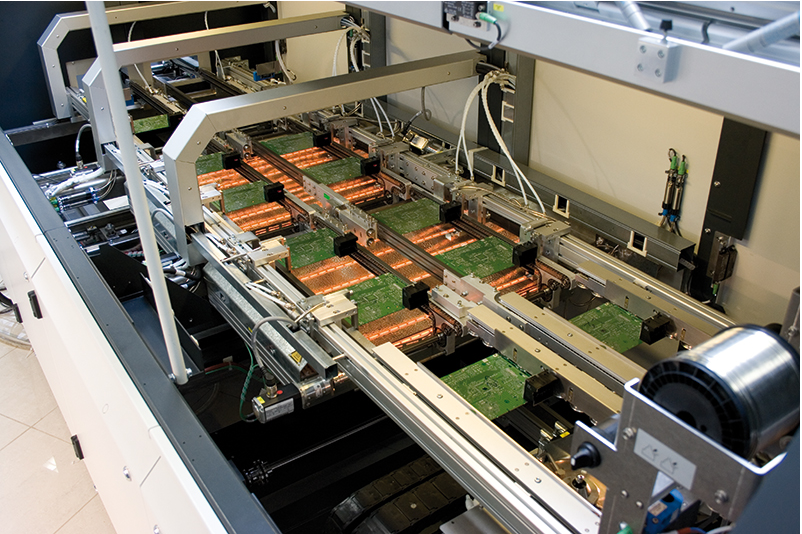Reasons for poor cold soldering or wetting of reflow soldering points
Release time:2024-01-10Publisher:Jeenoce
A good reflow curve should be a temperature curve that can achieve good soldering of various surface mount components on the PCB board to be soldered, and the solder joints not only have good appearance quality but also good internal quality. To achieve a good reflow soldering temperature curve, it is related to all production processes of reflow soldering. Below, JEENOCE will explain the reasons why reflow soldering points can return or have poor wetting.

In the reflow soldering process, there is a fundamental difference between the dull gloss of the reflow soldering points and the dull phenomenon caused by incomplete melting of the solder paste. When a circuit board coated with solder paste passes through a high-temperature gas furnace, if the peak temperature of the solder paste cannot be reached or the reflow time is insufficient, the activity of the flux will not be released, and the oxides and other substances on the surface of the solder pads and component pins on the circuit board cannot be purified, resulting in poor wetting during reflow soldering.
A more serious situation is that due to insufficient set temperature, the soldering temperature of the solder paste on the surface of the circuit board cannot reach the temperature that the metal solder inside the solder paste must reach for phase transformation, resulting in the occurrence of cold soldering at the reflow soldering point. Or, due to insufficient temperature, some residual flux inside the solder paste cannot evaporate during melting, and it precipitates inside the solder joint after cooling, causing a dull luster of the solder joint. On the other hand, due to the poor properties of the solder paste itself, even if other related conditions can meet the requirements of the reflow soldering temperature curve, the mechanical properties and appearance of the welded joints cannot meet the requirements of the welding process.

